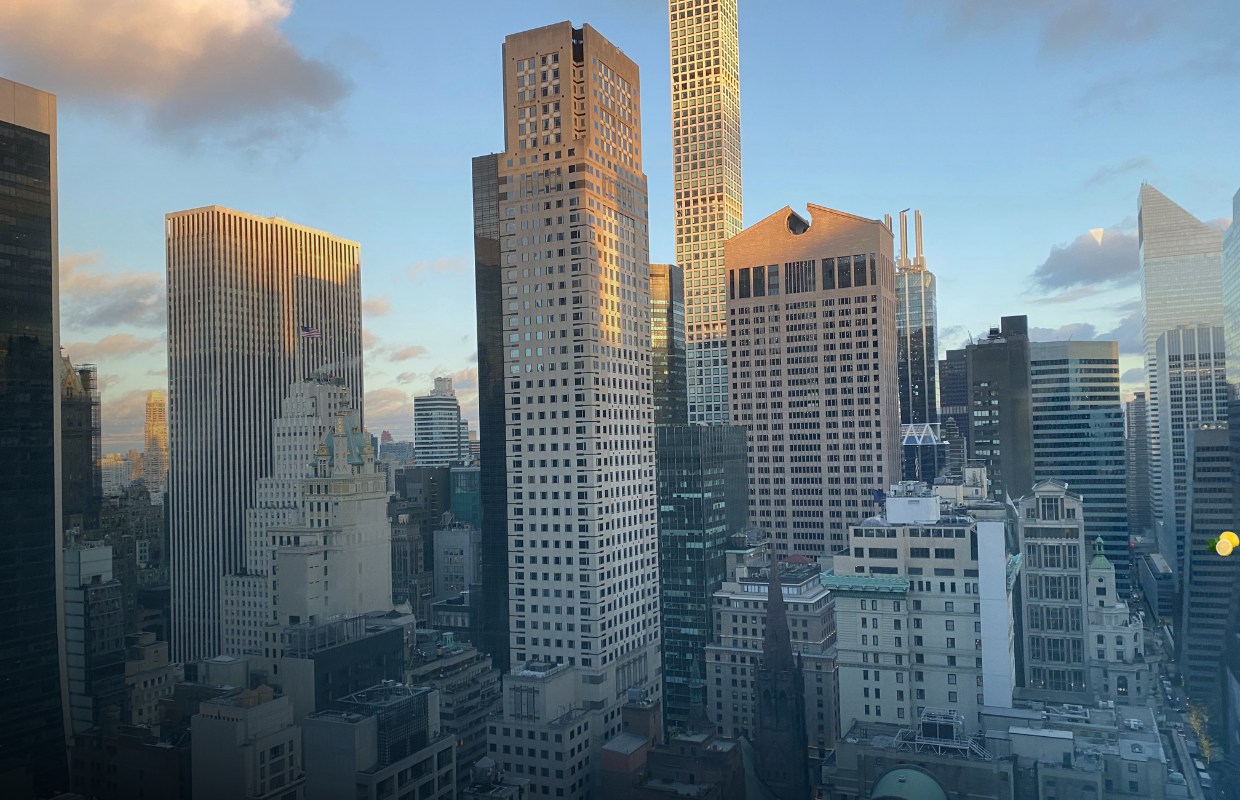Industry Trends
•
September 2023
September 2021
Top Physical Security Trends for 2021
Last year and this year have been unusually difficult years for every individual and business. The pandemic has shaped a new way of doing business and affected every industry. Here are the top eight physical security trends (in our opinion) that have emerged as a result.
1. Innovative solutions will enhance the COVID-19 response
With the continuation of the pandemic from 2020 to 2021 came the steady increase the need for covid-related technologies. Technologies such as mask detection, social-distancing detection, temperature detection, and facial recognition started popping up more and more as the need for such software grew.

2. Visual verification
What is visual verification within security? It refers to the use of camera images captured at the site of an alarm initiation and transmitted in real-time through the security system. The images are sent to the alarm-receiving center, where it is determined whether the alarm activation is genuine or not.
Visual verification can stop false alarms by detecting movement and human activity at the site and transmitting the images to be recorded and stored for later use.

3. Automating everything
Automation is becoming more and more common, from using robotics to streamline production processes, to the invention of at-home automatic processes through the use of Apple, Amazon, and Google technology. Within the security industry, automation is making sifting through data a breeze. Artificial intelligence is used to cut through the unimportant data straight through to the actual events.

4. Demand for cloud and hybrid cloud solutions will continue to grow
Event-driven storage makes security professionals’ jobs significantly easier in that users can utilize an intelligent video search and monitoring to filter out the uneventful bits of footage. Also, with products such as GanzCloud, users can browse whatever event or person they are trying to find using AI-driven technology. AI makes security professionals’ jobs a LOT more convenient and more efficient.

5. Occupancy tracking and space management
Occupancy tracking and space management have been key features during the COVID-19 pandemic, especially for retailers and other Covid-conscious business owners. Before COVID, occupancy tracking could be used for ensuring privacy for clients and controlling crowds such as at the DMV and banks, but it has since become a necessity to prevent the spread of the virus.
6. Video analytics solutions
Video analytics help review security footage—especially large amounts of data—in an intelligent, efficient way. Industries such as transport services, traffic and infrastructure, retail, and others find video analytics helpful to filter out the uneventful data and find the data they need, for instance, at the same time a person is trespassing or holding up traffic.

7. Personalized solutions will address industry-specific needs
Custom solutions are becoming more and more prevalent in every industry, and generalized systems aren’t cutting it anymore. Personalized solutions that cater to industry-specific or even business-specific needs are attractive for convenience and efficiency. For example, while a parking garage may need loitering detection, that may not be practical for a third-floor business.

8. Biometrics
Before the mask mandates, technology such as facial recognition “unlock with just a look” gained popularity thanks to Apple’s promotional push for their iPhone X. Little did they know mask mandates would be a barrier to what was supposed to be a convenient feature.
Biometrics are a tried-and-true way for convenient, secure access into buildings and through gates. For example,

With the end of 2021 approaching rapidly, be on the lookout for our Top Physical Security Trend Predictions for 2022 by signing up for our blog updates below.




